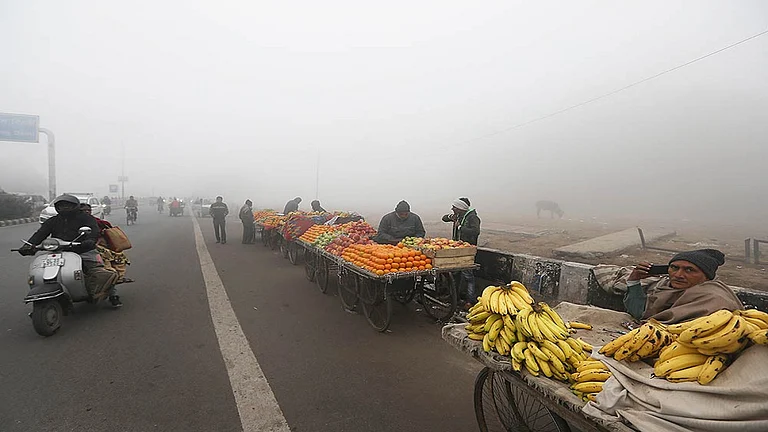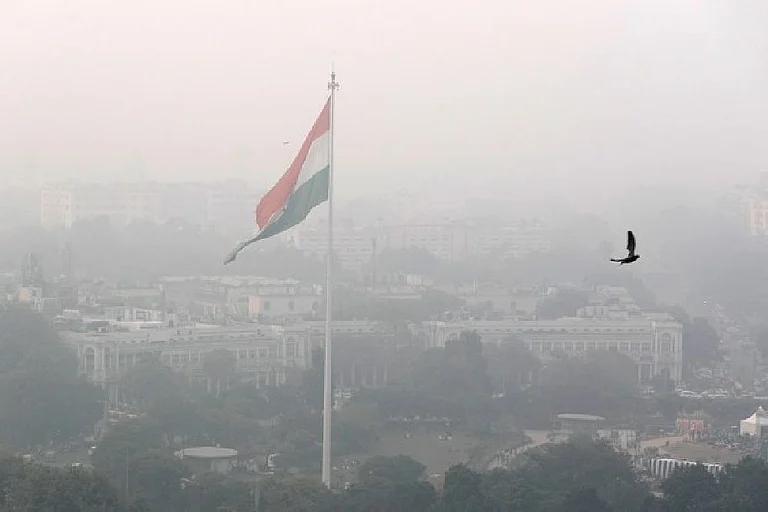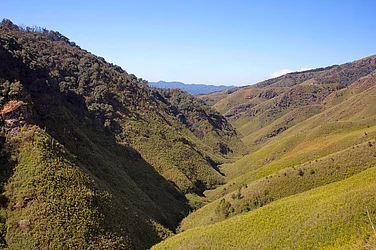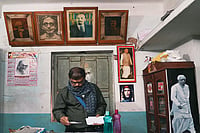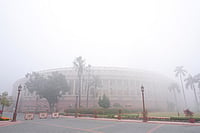
GRAP is a four-stage emergency protocol triggered by AQI thresholds to curb pollution.
Stages range from Stage I (AQI 201–300) to Stage IV (AQI >450), each with specific measures.
Coordination among CAQM, CPCB, SPCBs, municipal bodies, and enforcement agencies is vital.
Key challenges include ensuring data consistency, coordinating across agencies, and striking a balance between economic impacts.
Recent updates (2023–2025) lowered activation thresholds, enhanced dust control, and integrated stubble burning management.
The Graded Response Action Plan (GRAP) is India’s primary public policy instrument for addressing episodic air pollution in the National Capital Region (NCR) and other severely affected urban areas. Developed under the Commission for Air Quality Management (CAQM) framework, GRAP establishes a tiered protocol for imposing pollution-control measures based on prevailing air quality. Since its Supreme Court mandate in 2016, GRAP has evolved through multiple revisions, integrating advanced monitoring technologies and broader stakeholder coordination to mitigate acute smog episodes and safeguard public health.
What is GRAP?
GRAP is a four-stage emergency action plan that triggers specific anti-pollution measures when the Air Quality Index (AQI) crosses designated thresholds. Each stage, ranging from moderate to emergency conditions, prescribes targeted interventions such as vehicular restrictions, construction curbs, and industrial emission controls. By aligning regulatory responses to real-time air quality data, GRAP aims to pre-emptively contain pollution spikes and prevent escalation to hazardous levels.
Why Was It Introduced?
Rapid urbanization and increasing vehicular, industrial, and crop-residue burning emissions have exacerbated smog events in Delhi-NCR, particularly during post-monsoon and winter months. Frequent episodes of “very poor” to “severe” air quality threatened public health, productivity, and healthcare systems. GRAP was introduced to provide a transparent, enforceable framework that could swiftly mobilize government agencies and citizens to implement pollution-control measures when needed.
Objective and Key Goals of GRAP
Protect public health by preventing AQI from reaching “severe+” or “emergency” levels.
Coordinate multi-agency response across municipal, state, and central bodies.
Standardize trigger thresholds and actions to ensure timely, predictable interventions.
Promote accountability through predefined measures and monitoring mechanisms.
How GRAP Works: Monitoring and Trigger Mechanism
Air Quality Index (AQI) and Its Categories
AQI synthesizes concentrations of pollutants (PM2.5, PM10, NO₂, SO₂, CO, and O₃) into a single scale: “good” (0–50), “satisfactory” (51–100), “moderate” (101–200), “poor” (201–300), “very poor” (301–400), “severe” (401–450), and “emergency” (>450).
How Real-Time Data Determines GRAP Activation
Continuous monitoring stations managed by the Central Pollution Control Board (CPCB) and state boards feed real-time AQI data into the National Air Quality Early Warning System. When AQI averages cross stage-specific thresholds for 24‐hour periods, the corresponding GRAP stage is activated automatically.
Coordination Between CPCB, DPCC, and Local Bodies
The CPCB issues advisories and disseminates GRAP stage alerts to state pollution control boards (SPCBs), municipal corporations, traffic police, and health departments. Delhi Pollution Control Committee (DPCC) and NCR state authorities implement directives, ensuring on-ground enforcement of restrictions.
Stages of GRAP and Their Action Measures
Stage I – Moderate to Poor (AQI 201–300)
Ban on firecrackers and open burning.
Strict dust control at construction sites.
Restrictions on diesel generator usage.
Stage II – Very Poor (AQI 301–400)
Odd-even vehicular restrictions for private cars.
Closure of schools and colleges on high-pollution days.
Enhanced industrial emission audits.
Stage III – Severe (AQI 401–450)
Suspension of construction activities.
Banning the entry of trucks except for essential goods.
Work-from-home advisories for non-essential government functions.
Stage IV – Severe+ / Emergency (AQI >450)
Complete shutdown of polluting industries within 300 km.
Closure of some public services and transportation modules.
Deployment of emergency medical services for vulnerable populations.
Role of CAQM, CPCB, and State Pollution Boards
The CAQM oversees GRAP policy updates and interstate coordination. The CPCB manages technical monitoring, data analysis, and public advisories. SPCBs enforce compliance within their jurisdictions and conduct inspections.
Role of Municipal Corporations and Enforcement Agencies
Municipal corporations implement dust suppression, waste management, and traffic diversions. Law enforcement agencies support vehicular restrictions and penalize violations under the Air (Prevention and Control of Pollution) Act.
Key Implementation Challenges
Ensuring consistent data quality and coverage across monitoring stations.
Coordinating multiple agencies with overlapping mandates.
Balancing economic activities with environmental regulations.
Addressing public resistance to vehicular and construction curbs.
Effectiveness and Impact Assessment
Studies show Stage I and II measures yield marginal AQI improvements, while Stage III and IV interventions can reduce PM2.5 by up to 20% during severe episodes. Health impact assessments link GRAP enforcement to reduced hospital admissions for respiratory issues.
Recent Updates and Revisions to GRAP
Changes Made by CAQM (2023–2025)
Lowering the AQI threshold for triggering Stage II measures.
Introducing stricter dust control requirements for smaller construction sites.
Mandating real-time emission monitoring for major industries.
Integration with Stubble Management
GRAP now coordinates with the Crop Residue Management Framework, using satellite alerts from ISRO to swiftly curb stubble burning in Punjab and Haryana during harvest periods.
New Technologies and Forecasting
Adoption of AI-driven AQI prediction models, mobile alert apps, and drone surveillance has enhanced GRAP’s proactive capabilities, making pollution control more transparent and responsive to evolving urban emission challenges.
GRAP uses a data-based, step-by-step system to fight severe air pollution by linking AQI levels with specific actions. Recent updates, like tougher rules, better dust control, coordination on stubble burning, and improved forecasting, have made it more effective. However, issues such as data accuracy and coordination between agencies remain. Lasting progress will depend on continued improvement, teamwork, and public support to protect health and improve air quality in India’s growing cities.








